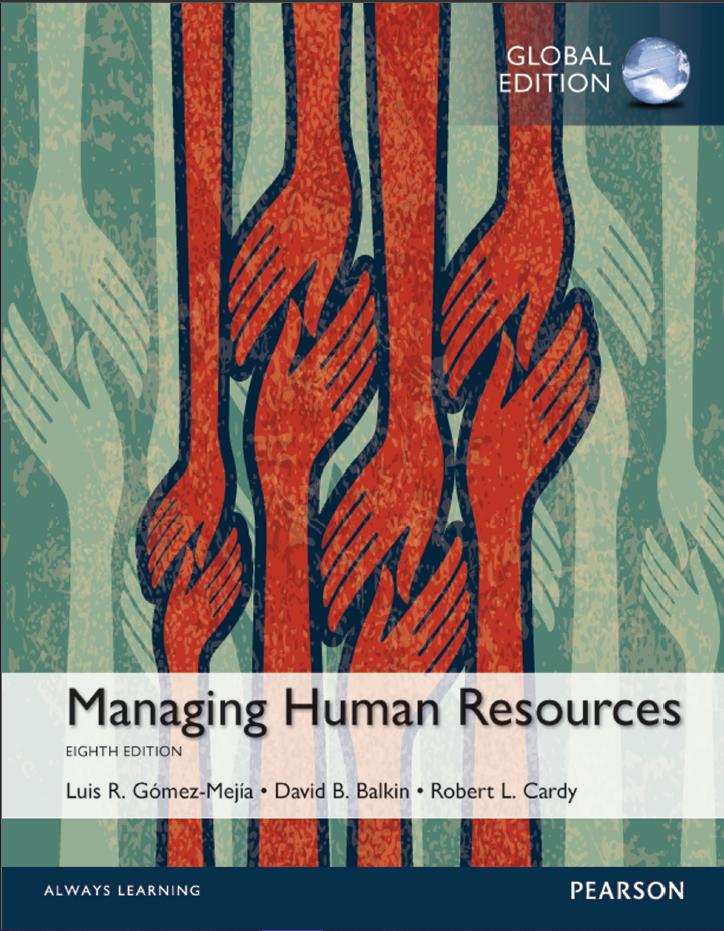If push factors can be controlled by employers, what could stop them from doing so? Women leave
Question:
If push factors can be controlled by employers, what could stop them from doing so?
Women leave the workforce at higher rates than men. In part, this may help explain why only about 2 percent of top CEO positions are held by females. But why do women quit? Further, do they later rejoin the labor force? Can they, after leaving? Let’s take a look at these issues.
First, there is little doubt that women are more likely than men to leave the labor force. For example, a recent survey focused on a nationally representative group of women who had a graduate, professional, or high-honors undergraduate degree. The survey included over 2,400 women. A major finding of the survey was that 24 percent of men had voluntarily left their job whereas nearly 40 percent of women had voluntarily left. These women invested in education that positioned them for successful careers, yet many of them chose to leave the workforce.
Why do women choose to leave the workforce? There is, of course, no single answer. Family and child-care issues certainly can “pull”
women away from work. However, a surprising number of women report leaving their jobs due to boredom and frustration. That is, in order to feel challenged and to increase their chances for growth and opportunity, women feel that they have to leave their current employer.
The factors that “push” women to leave jobs would seem to be most directly manageable by organizations. Some organizations offer programs such as coaching and mentoring programs for women, family-friendly policies, and training targeted at women returning to the workforce in an attempt to retain and attract highquality female workers.
Step by Step Answer:

Managing Human Resources
ISBN: 9781292097152
8th Global Edition
Authors: Luis R Gomez Mejia, David B Balkin, Robert L Cardy





